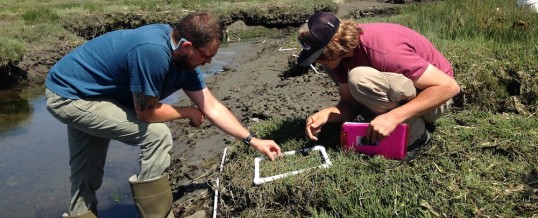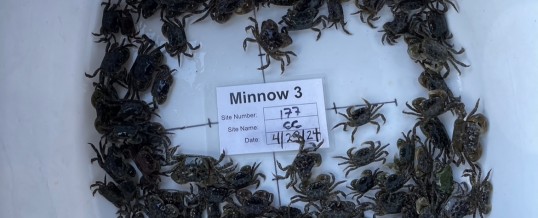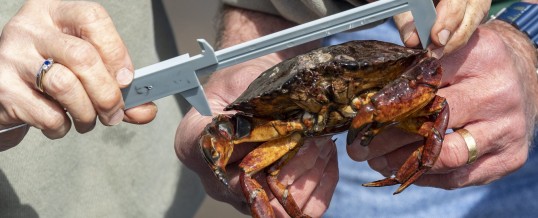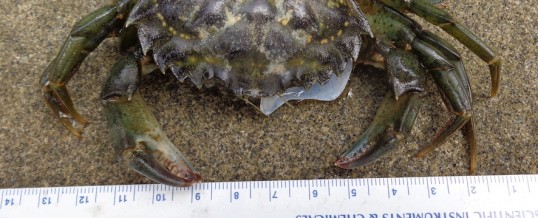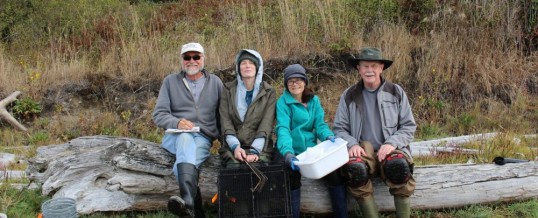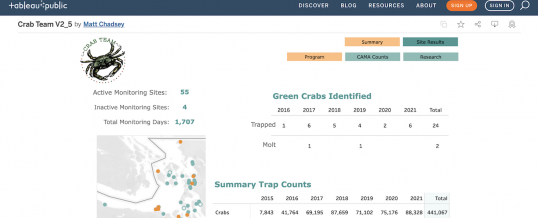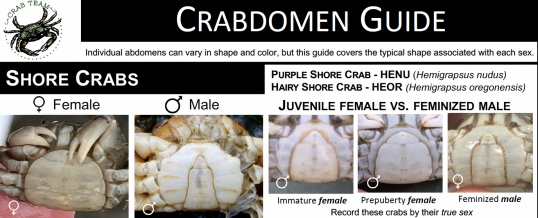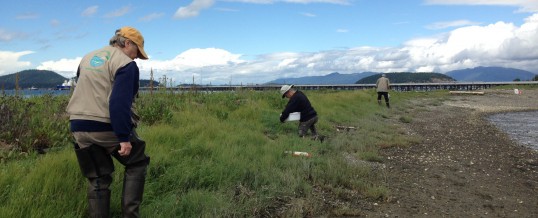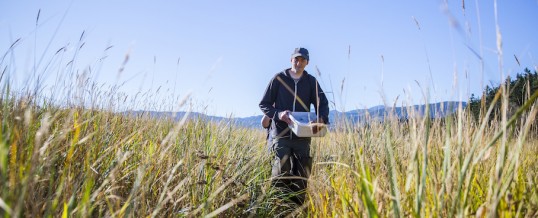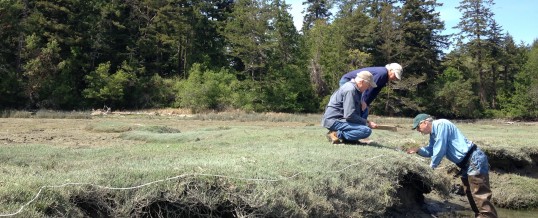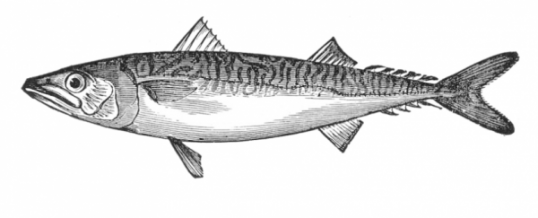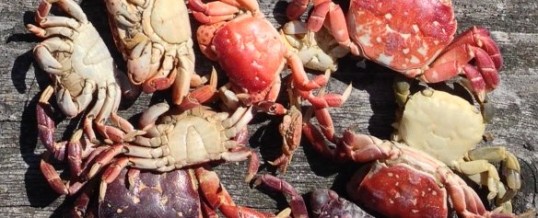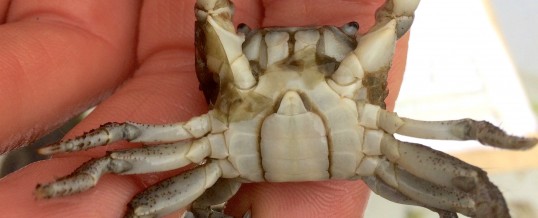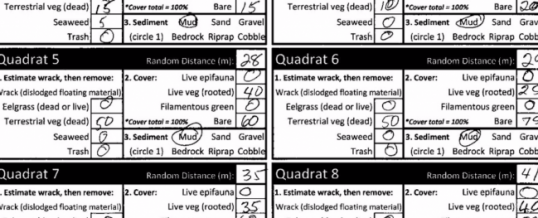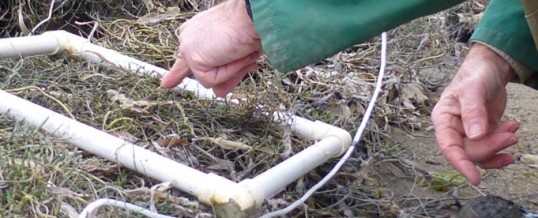April 1, 2025
Today is the first day of the 2025 monitoring season and the Crab Team monitoring network is undergoing one of our biggest changes of the last decade. It is with very considered deliberation, discussion, and debate that we have decided to sunset the shoreline transect survey, one of the three sampling protocols that has been a part of the routine at Salish Sea Crab Team sites for nearly a decade.
Read More
APR
